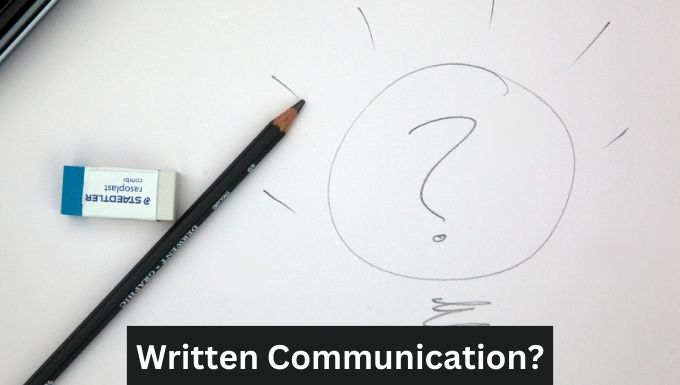Have you ever thought about the power of written words? Whether crafting an email or composing a blog post, written communication plays a vital role in your life.
In this blog post, we’ll explore the fascinating world of written communication and its different types, advantages, and disadvantages.
Table of Contents
What is Written Communication?
Written communication is a way to express your thoughts using written words. It’s like talking through writing instead of speaking. In writing, communication includes letters, emails, text messages, reports, and even books.
That allows you to share information over distances and time. It’s like leaving a message that can be read multiple times. Furthermore, it’s used in school, work, and daily life to convey thoughts and facts.
Types of Written Communication
Let’s explore the different types of written communication.
1. Emails
Emails are one of the most common ways to convey your thoughts via written words. They’re quick, convenient, and widely used for personal and professional correspondence.
Emails typically contain a subject line, the main message, and a closing. It requires clarity and brevity to ensure efficient communication. Now, have a look at a basic email template given below.
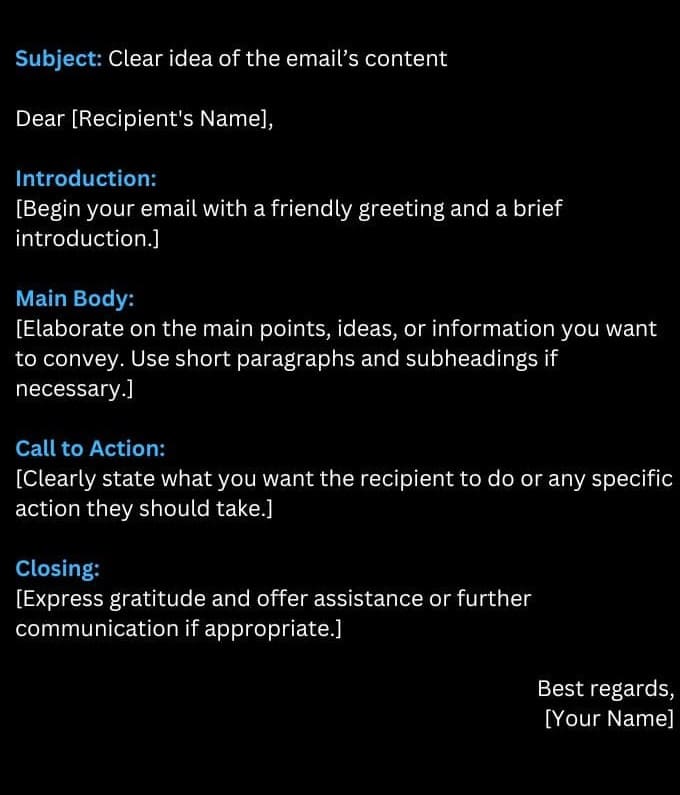
2. Reports
Reports are comprehensive documents that convey detailed information. They’re often used in business and academia to present research findings, project updates, and more.
Reports follow a structured format with an introduction, body, and conclusion. Moreover, they often feature headings and subheadings for organization and clarity.
It’s critical to maintain a professional tone and cite sources when necessary. Let’s have a look at a fundamental report template given below.
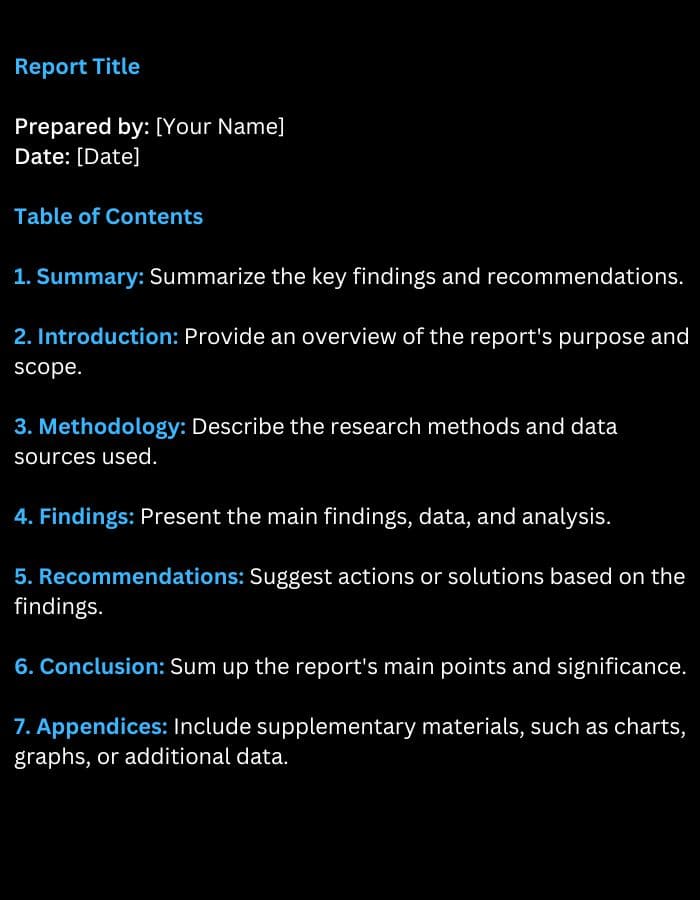
3. Letters
In today’s digital world, traditional letters are less common, but they’re still used for formal communication. They provide a tangible and personal touch that emails can’t replicate.
Letters follow a classic format, including greetings, body, and closing. And that requires attention to proper formality. Let’s have a look at a formal letter template given below.
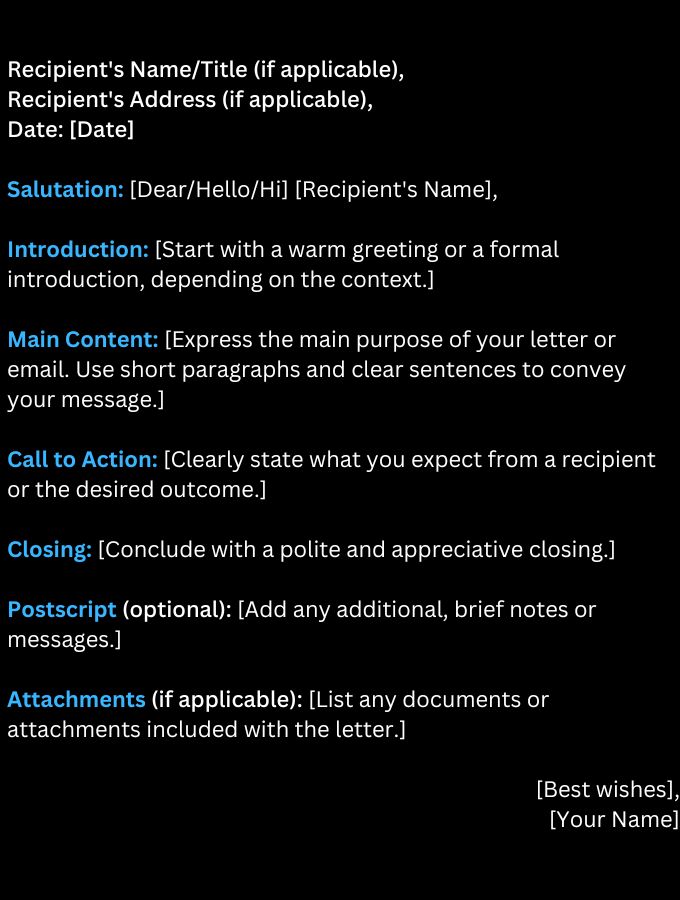
4. Memos
Memos are brief written messages within an organization. And that’s commonly used to communicate key information to employees.
A memo should be clear and concise. And must state the purpose and what actions need to be taken. You can find various memo templates on Canva.
Now, let’s have a look at the fundamental memo template given below.
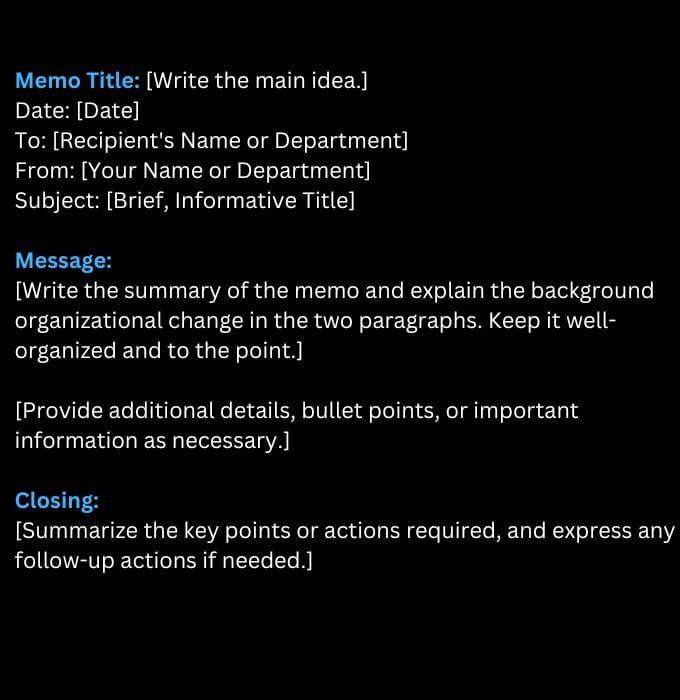
5. Text Messages
In the age of smartphones, text messages have become a quick and informal way to communicate with friends and colleagues. These are perfect for casual conversations, making plans, and staying in touch with friends.
The key to effective text messaging is keeping the messages concise, friendly, and appropriate for the context.
6. Social Media Posts
Social media platforms allow users to share written content with a broad audience. This type of communication is informal and often brief.
Social media posts are found on platforms like Facebook, Twitter, Instagram, etc. This enables you to share personal updates, opinions, and promotional content. Using visuals and relevant hashtags is key to making social media posts effective.
7. Blogs
Blog writers and businesses use blogs to share their thoughts, expertise, and stories with a global audience. They’re informational or personal. In order to engage readers, successful blogs have engaging titles and well-structured content.
Advantages of Written Communication
Written communication offers several benefits in both personal and professional settings. Here are some key advantages.
Clarity: Written messages allow for careful crafting, editing, and proofreading. It ensures clear and precise content, and that reduces misunderstandings.
Flexibility: You can compose written messages at your convenience and share them at the appropriate time. As a result, simultaneous communication is easier.
Accessibility: With digital communication, written statements are accessible via various devices, such as computers, smartphones, and tablets. This makes it convenient for a broad audience.
Permanent Record: Written content creates a permanent record of information, making it easy to refer back to or archive for future reference. This is particularly significant in business for legal and documentation purposes.
Reduce Distractions: Written statements allow you to concentrate on the content without distractions, often present in face-to-face or phone conversations.
Disadvantages of Written Communication
Communication through writing is valuable in many situations, but it has disadvantages. Let’s explore them.
A lack of Feedback: Unlike verbal communication, written notices don’t allow immediate clarification or response. This can lead to confusion or misinterpretation.
Time-consuming: Composing written messages, especially formal ones, can be time-consuming. It may take longer to write, review, and edit than a verbal conversation.
Loss of Tone and Nuance: Mostly, the written statements are misunderstood because they lack vocal cues, facial expressions, and body language. Sarcasm or humor may not be intended.
Limited Interaction: This type of communication doesn’t offer the dynamic interaction that face-to-face or verbal conversations provide. This makes it difficult to understand and solve problems.
Lack of Personal Connection: Written communication lacks the personal touch. There is a lack of face-to-face interactions, making it difficult to build strong relationships.
FAQs
Are there tools to enhance written communication?
Yes, tools like Grammarly, Hemingway Editor, and Wordtune Editor allow you to improve written communication.
What is the role of visual communication in written communication?
The use of visual communication enhances the clarity and impact of written communication.
What are common mistakes to avoid in written communication?
Grammar errors, unclear language, lengthy sentences, and not proofreading your messages are common mistakes.
Conclusion
Written communication plays a vital role in our personal and professional lives. It offers multiple advantages, such as clarity, convenience, and global reach.
However, it also has disadvantages, such as the lack of immediate feedback and the potential for misinterpretation.
Thus, understanding these pros and cons will help you get the most out of your communication. Hope you find this article helpful. Let us know in the comments.
